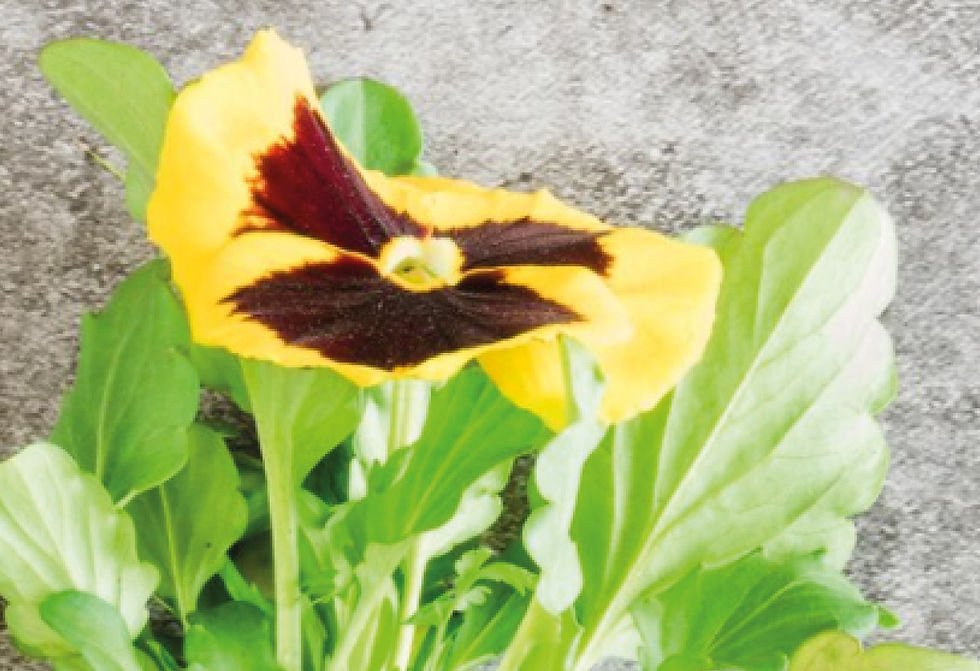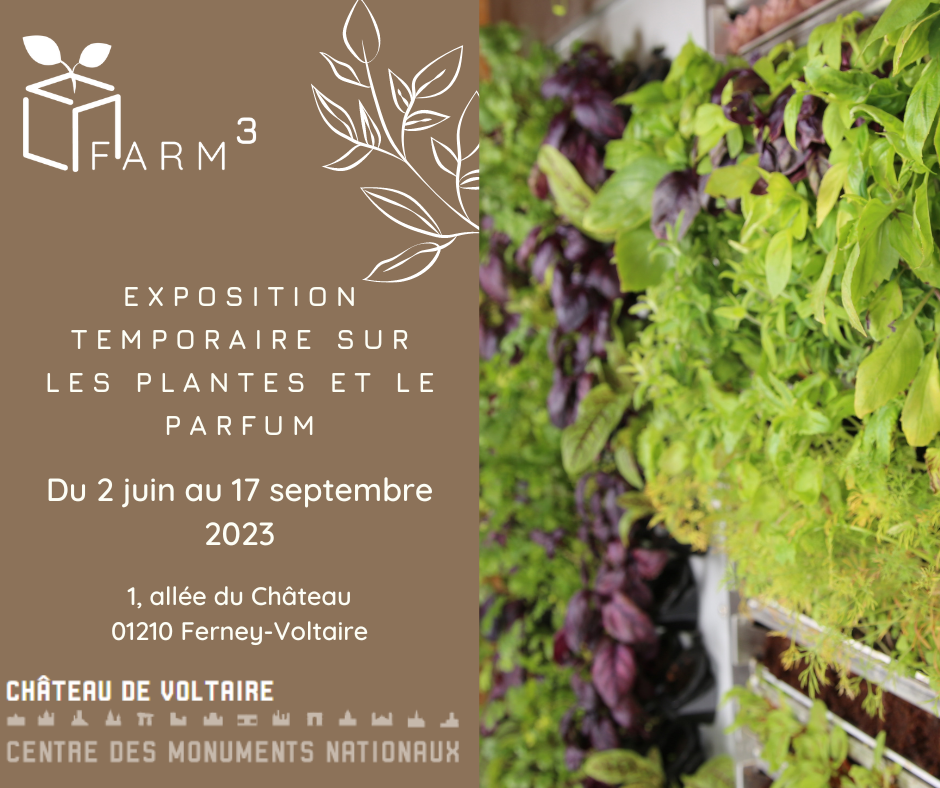Do you know these edible flowers?
- alexielustre
- Jun 15, 2023
- 6 min read

There are approximately 250 edible flowers out of the 298,000 recorded species of flowering plants, but not all the existing species have yet been discovered. It is estimated that 20 to 30% of the plants on Earth have not yet been inventoried.
We can also add the flowering plants that are disappearing around the world: in 2022, no fewer than 3 flowering plants disappeared.
Persoonia laxa (plantes à fleurs de la famille des Protéacées, Australie).
Leucadendron grandiflorum (plantes à fleurs de la famille des Protéacées, Afrique du Sud).
Ochrosia kilaueaensis (plante à fleur de la famille des Apocynacées, Hawaï).
For more information on the disappearance of plants, please consult our article on the subject here.
There are many natural or processed products made with flowers in our daily diet, including syrups, flavoured waters, sweets, infusions and dried flowers. Fresh flowers are less easy to obtain, so it's best to find out more from producers who specialise in edible flowers. Although many edible flowers are available from florists, most are processed and therefore unsuitable for consumption.
Many flowers are also extracted in the form of essential oils. Essential oils are used in perfumery, traditional medicine and cooking. Essential oils are extracted from plants using different techniques:
- Steam distillation. This is the most common process.
- Mechanical cold pressing.
- The enfleurage technique.
Essential oils are substances of natural origin. Their properties are widely recognised and they are used in a variety of skin care products. It takes no less than 4 tonnes of rose petals to produce 1 kilo of essential rose oil. This is due to the very small amount of essential oil contained in the plants, between 1% and 0.01%.
Edible flowers and history
For thousands of years, edible flowers have been harvested throughout the seasons all over the world. At that time, food consisted mainly of flowers, leaves and roots. But interest in edible flowers has waned in favour of agriculture. The image of edible flowers gradually became associated with food for the poor or for livestock.
Did you know that around 30,000 plants are edible? Today, only 150 plant species feed the planet. Take tomatoes, for example: only 7 species have survived, compared with around thirty in 1900. These are the consequences of an agricultural model that selects varieties that are more robust to climatic hazards, more aesthetically standardised and grow faster.
Today, the image of edible flowers is increasingly being revived by gourmet restaurants, which are promoting a more 'natural' cuisine with dishes concocted with 'wild' flowers and herbs, which are then used like spices or even vegetables.
Some edible flowers
Among the best-known and most easily identifiable is the dandelion, whose young shoots are used to make salads, while its flowers are used to make jelly. But there are other edible flowers too.
• Geranium

Only the flowers and leaves of geraniums can be eaten, with aromas of rose, lemon, hazelnut and apple.
• Primrose

It has a slightly pungent taste and an odour reminiscent of aniseed. This flower is mainly used in salads.
Warning! We are talking here about primroses found in the wild in France (Primula veris, Primula acaulis and Primula eliator); exotic ornamental species can be toxic.
• Rose

All roses are edible, the darker varieties being generally the tastier, and are used mainly in jams and jellies.
• Violet

The violet is best known for its use in pastries and confectionery.
Last but not least, one of the most popular edible flowers is courgette flower, used in fritters and other dishes, as is acacia flower. Find out more about edible flowers here.
Edible flowers from Farm3!
• White Odorant Alyssum

Alyssum is an annual plant that flowers in the wild in summer. There are several varieties (white, pink, yellow, purple). The white variety grows larger and has larger flowers. It has a sweet honey fragrance.
Alysse is mainly used in desserts to enhance the flavour of honey. Alysse flower gives chefs a sweet, fresh flavour that adds the perfect touch to any recipe.
• Pansy

Known for a long time, it is often found in our grandparents' gardens in our grandparents' gardens in window boxes or borders. A classic for gardens and balconies, it is much appreciated for its long flowering period and wide range of colours.
Their luminous colours are a delightful addition to savoury dishes, as well as flavouring mousses and creams.
• Little marigold

The marigold is primarily an ornamental flower, but it is also an edible flower. Its bright yellow or orange flowers open in the sun and close in the evening. Marigold flowers are spicy and peppery.
Comme les fines herbes, les fleurs doivent être ajoutées au plat à la dernière minute. Les fleurs de souci sont employées dans des préparations sucrées ou salées pour décorer des salades vertes, des salades de fruits ou des petits fours.
• nasturtium

Native to Central and South America. There are nearly 90 species of nasturtium (dwarf, climbing, perennial, etc.), many of which are hybrids. Nasturtiums are particularly attractive to aphids, so you need to be on your guard against these pests.
Nasturtium flowers and leaves are edible. The leaves are full of an essential oil with a slightly peppery flavour that enhances the taste of salads. It adds a spicy note reminiscent of radishes.
• Helichrysum

Mostly found in the Mediterranean basin, Helichrysum is a plant whose yellow flowers bloom in June. It is also known as "Immortelle" because once the flowers have been picked, they never fade.
The plant is not edible as is, as it can cause stomach upsets. However, it is perfect for infusing in sauces, soups or stews. Simply remove it at the last minute and keep a few flowers intact for decoration.
Beware of toxic flowers
There are many poisonous flowers in our gardens, but rest assured that fatal poisoning from plant ingestion is extremely rare. It is nevertheless important to be aware of these plants, which seem harmless or similar to certain edible species.
-Saffron Oenanthe: This is a very common flower in our regions, found mainly in ditches and watersides. Its roots are the most dangerous.
-Arum: This species is widespread in our gardens, and everything about it is toxic (sap, leaves, berries, etc.).
-Lily of the valley: All parts of the lily of the valley contain substances that are irritating and toxic to the heart, including the water in which the flower is placed.
-Daffodil: These flowers can cause vomiting and stomach ache if swallowed. Horticulturalists sometimes suffer from a skin condition caused by frequent handling of bulbs and flowers.
-Heliotrope: all parts of the plant are toxic to both humans and pets.
Here's an article listing some of the poisonous flowers found in our gardens.
Little extra!
It has been found that many plants classified as toxic have recognised medicinal virtues and are still used today in pharmaceuticals. While these plants are lethal in large doses, they contain substances that can be used as medicine in small doses. This is the case with foxglove flower, which is toxic to the heart but contains digoxin, a cardiotonic (in low doses) that essentially strengthens the contractions of the heart and slows down its rhythm when it is excessive. There's also spearmint, which we already mentioned in our article on mints.
Some recipes !
• For raspberry/rose smoothie

Total time: 2min
Ingredients: -300g of raspberries
-400g of milk
-1 natural yoghurt
-25g of sugar
-2 tablespoon rose syrup
-A few drops of lemon
- Step 1
Transfer the raspberries and milk to a blender and blend.
- Step 2
Add the sugar, yoghurt and syrup and blend for 20 seconds.
Serve cold.
You can add a few drops of lemon for extra punch.

• Violet Madeleines

Total time: 25 min
Ingredients: -2 eggs
-45g of sugar
-60g buckwheat flour
-5g baking powder
-50g melted butter
-½ teaspoon natural violet flavouring
- Step 1
Mix the eggs in a bowl, add the sugar and beat until the mixture whitens..
- Step 2
Gradually stir in the flour and baking powder.
Add the melted butter and violet flavouring to the mixture.
- Step 3
Divide the mixture between the buttered moulds, filling them 3/4 full.
- Step 4
Refrigerate for 1 hour.
Bake for around 12 minutes in the oven at 180°C.
Share photos of your recipes !
• Come and discover our flowers in the gardens of the Château de Voltaire in the Ain department. You can also take advantage of the temporary exhibition we are putting on at the château. A tour of the gardens awaits you, with explanations from Farm3 on flowers and their applications in the 18th century.













Comments